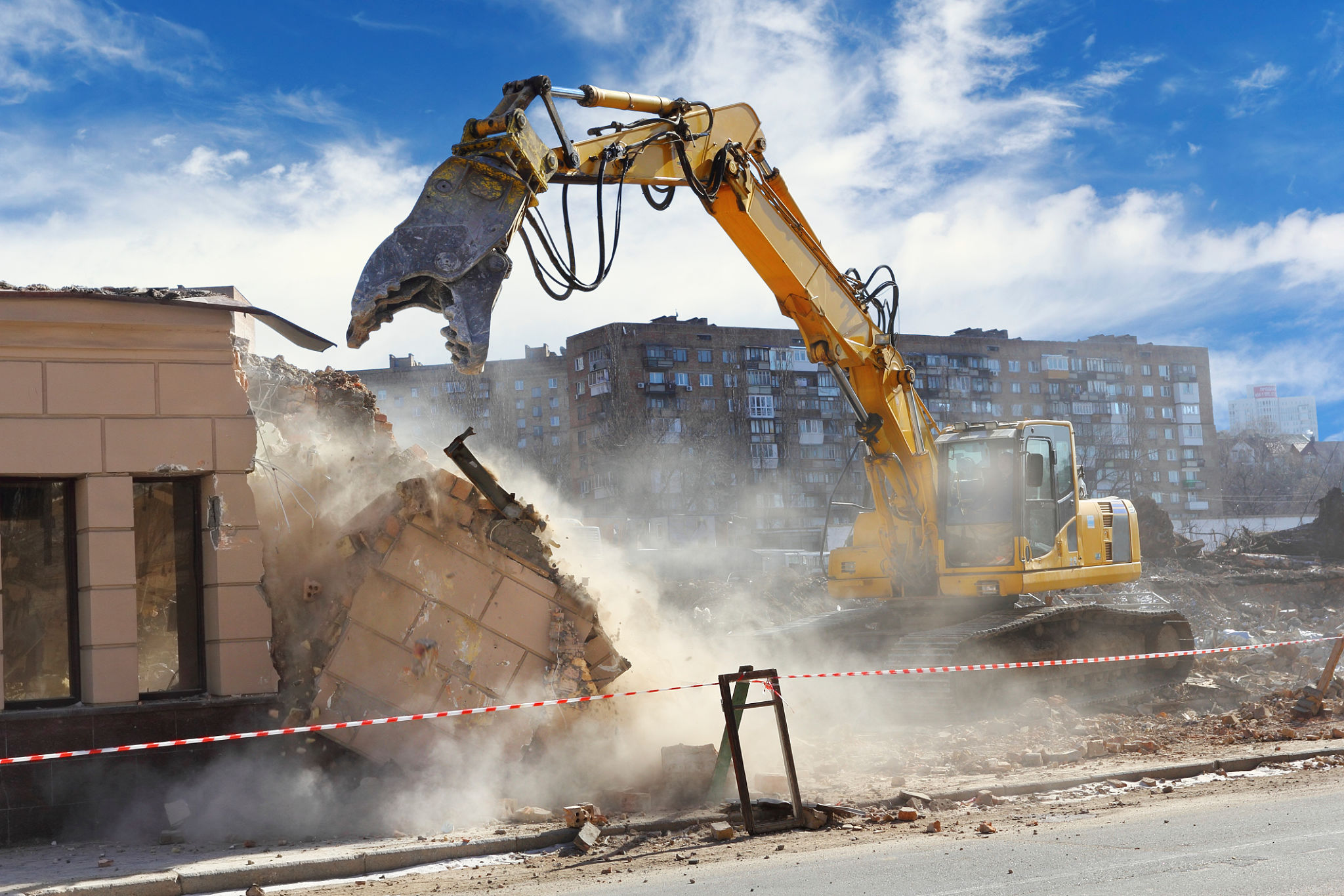Case Study: Successful Urban Demolition Project in the U.S.
Introduction to Urban Demolition Projects
Urban demolition projects are essential for city development and revitalization. These projects can transform old, unsafe structures into opportunities for new construction and community improvement. In this case study, we explore a successful urban demolition project in the U.S. that not only enhanced safety but also paved the way for sustainable urban growth.
Project Overview
The project took place in a bustling metropolitan area where an outdated industrial complex was slated for demolition. The complex, spanning several blocks, had been vacant for years and posed significant safety hazards. The goal was to safely dismantle the structures while minimizing disruption to the surrounding areas.

Planning and Execution
Planning was crucial for the success of this demolition project. The team conducted thorough assessments to understand the structural integrity of the buildings and potential environmental impacts. They developed a detailed plan that prioritized safety and efficiency, ensuring that all local regulations and guidelines were strictly followed.
The execution phase involved careful coordination among various stakeholders, including local government agencies, environmental experts, and construction teams. By using state-of-the-art equipment and techniques, the demolition process was completed ahead of schedule.
Safety Measures and Environmental Considerations
Safety was a top priority throughout the project. The team implemented rigorous safety protocols, including dust control measures and noise reduction strategies, to protect both workers and nearby residents. Regular safety inspections were conducted to ensure compliance with all safety standards.

Environmental considerations played a significant role in the planning process. The team employed sustainable practices such as recycling debris and reducing waste. By doing so, they minimized the project's environmental footprint and contributed to broader sustainability goals.
Community Engagement
Engaging with the local community was another critical aspect of the project. The team held informational sessions to keep residents informed about the project's progress and address any concerns. This proactive communication helped build trust and support from the community.
Challenges and Solutions
Like any large-scale project, this demolition faced several challenges. Weather conditions and logistical constraints posed potential delays. However, by maintaining flexibility in planning and execution, the team successfully navigated these issues without compromising safety or quality.

Project Outcomes
The successful completion of this urban demolition project resulted in significant positive outcomes. The removal of hazardous structures improved public safety and created new opportunities for urban development. The site is now earmarked for a mixed-use development that will include residential, commercial, and recreational spaces.
Conclusion
This case study highlights the importance of meticulous planning, effective execution, and community involvement in urban demolition projects. By prioritizing safety, sustainability, and communication, the project set a benchmark for future urban development initiatives.
